On March 21 and 22, the “International Day of Forests” and the “World Water Day” are celebrated. Let the opportunity be propitious to remember that deforestation of forests, drought and water scarcity are closely related to each other, with serious environmental and social consequences.
In almost the entire planet, water scarcity has become an increasingly critical situation. There are several causes that explain the question:
- Water scarcity due to economic causes. The lack of monetary resources, the diversion of money to other areas and corruption, result in inadequate management of available water resources. According to the United Nations Development Program, UNDP, water scarcity for economic reasons is usually the main reason why most countries or regions suffer from it, since they have sufficient freshwater reserves but lack the infrastructure to distribute it among its population, or the resources to renew said infrastructure.
- Absolute lack of water. The absolute scarcity or physical scarcity of water is the result of the insufficiency of natural water resources to supply the demand of a region. For example, the deserts.
- Scarcity of water due to the increase in global temperature. Only in 21 years of this century the temperature has broken its record 17 times. As a consequence, the drought and the decrease in water reserves are increasing.
- Scarcity of water due to deforestation of forests. The water cycle is a natural process that is affected by the progressive reduction in the size of forests due to deforestation and forest fires, both natural and caused for humans
- Water pollution. Although there is a sufficient amount of fresh water in a country or region, much of it has been contaminated in such a way that it is not suitable for human consumption, industry, or agriculture.
The deforestation of the Amazon rainforest and its consequences on South America.
Each tree felled in the Amazon rain forest causes an infinitesimal decrease in the humidity of its forests. Every hectare cleared portends greater water scarcity in the future. It is not known if there are a million, ten million, a hundred million or more trees that are lost in a year in the great South American lung. Let’s look at the following exercise:
It is known that the equivalent of the area of three football fields is deforested per minute using the infernal “tree harvesters”, increasingly “efficient”, capable of “processing” and “dispatching” a tree in a matter of seconds, to which it has taken ten or a hundred years to grow. There are many videos showing these tree felling machines. In this video a machine fells, cuts the branches and chops up seven trees in three minutes. This is equivalent to 140 trees per hour, with a single operator. How many trees does he uproot in an 8-hour day? How many trees do 100 of these machines cut down in one day? How many in a year of 300 days? How long does it take 100 machines to cut down 10 million trees? Do your calculations and you will see the magnitude of the problem that is upon us.
Deforestation is not only to obtain wood and paper resources, but to gain space for other purposes. We have identified and presented in a very easy to visualize format, twelve objectives of the deforestation of the Amazon rainforest.
The 12 threats that are in progress now on the Amazon rainforest
- Cutting down trees to supply the wood, paper, and other industries. 2. Oil palm planting. 3. Sowing of soybeans. 4. Extensive agriculture. 5. Livestock breeding. 6. Oil exploitation. 7. Oil pipelines. 8. Gas pipelines. 9. Mining. 10. Roads through the rain forest. 11. Hydroelectric dams that flood and disrupt ecosystems. 12. Urbanization of the forest.
If the depredation of the Amazon is not stopped, the scarcity of water in the region will increase.
In the Amazon rain forest, there are about 80,000 kinds of trees and more than 140,000 species of plants. There are hundreds of millions of specimens that absorb water and then return huge amounts of water vapor to the atmosphere, a mega transpiration that forms clouds, from which the vital liquid returns through the rains, which in part fall on the rain forest itself, with which its forests maintain a constant humidity, and partly irrigate distant places such as the Andean Mountain range.
This gigantic biochemical machinery gives us an idea of its importance and explains why it is called the “lung of the world”, while at the same time worrying that it could disappear in a few decades.
How to solve the problem of water scarcity?
Governments must be forced to build, renovate, and expand existing water distribution infrastructure. If a country lacks the resources, it must seek financing to undertake the works. Follow up so that resources are not diverted elsewhere.
According to the UN, water can be obtained by “capturing water from fog, protecting wetlands or techniques such as conservation agriculture that allows the soil structure, organic matter and moisture to be preserved despite the decrease in rainfall”.
The Amazon River is the longest and mightiest torrent in the world. In theory, a small part of this flow would be enough to cover the water needs of South America and even Central America. Every second millions of cubic meters of fresh water are dumped into the Atlantic Ocean. But in practice, “mining, oil exploration and direct discharge of wastewater are factors that negatively affect the processing of water for human consumption”, as WWF Ecuador points out.
The Orinoco River, the second largest in the Americas, is just 300 kilometers from Caracas. However, the Venezuelan capital suffers from almost permanent water rationing. The waters of the Orinoco and Caroni rivers lack calcium and magnesium ions due to the low level of water hardness, which classifies them as very soft waters that could be conditioned with conventional treatments for purification.
In water treatment, the UN recommendations must be followed, which in SDG 6 of the 2030 Agenda programs related to water and sanitation, such as water collection, desalination, efficient use of water resources, treatment of wastewater, recycling, and reuse technologies.
Sandor Alejandro Gerendas-Kiss

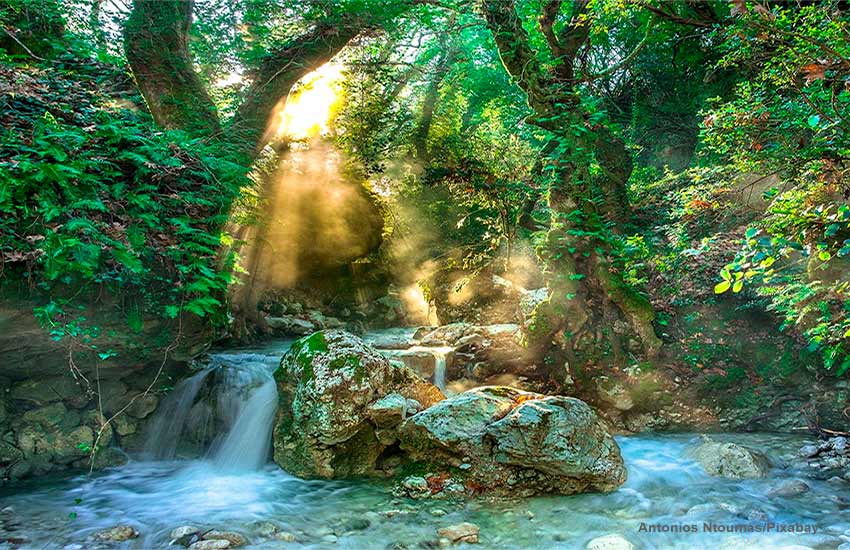
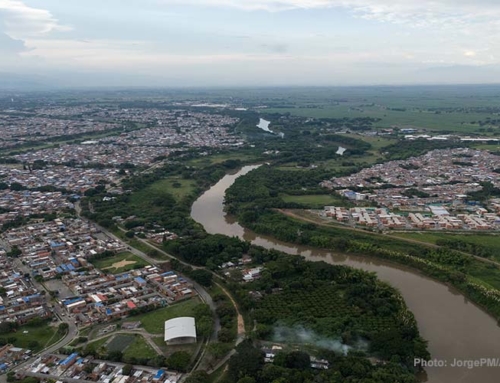
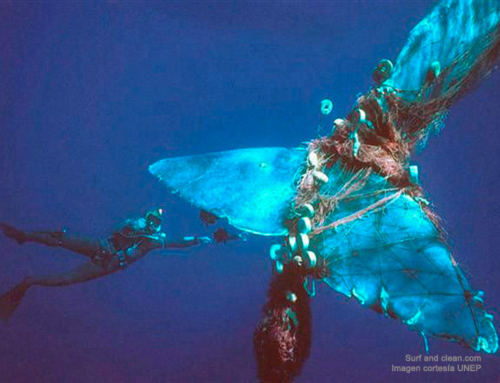
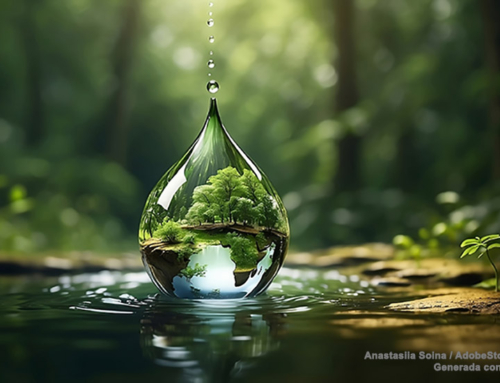
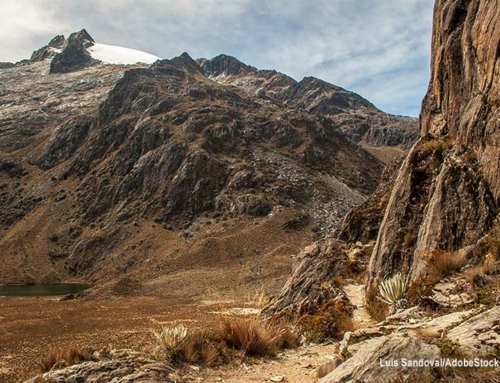

Leave A Comment